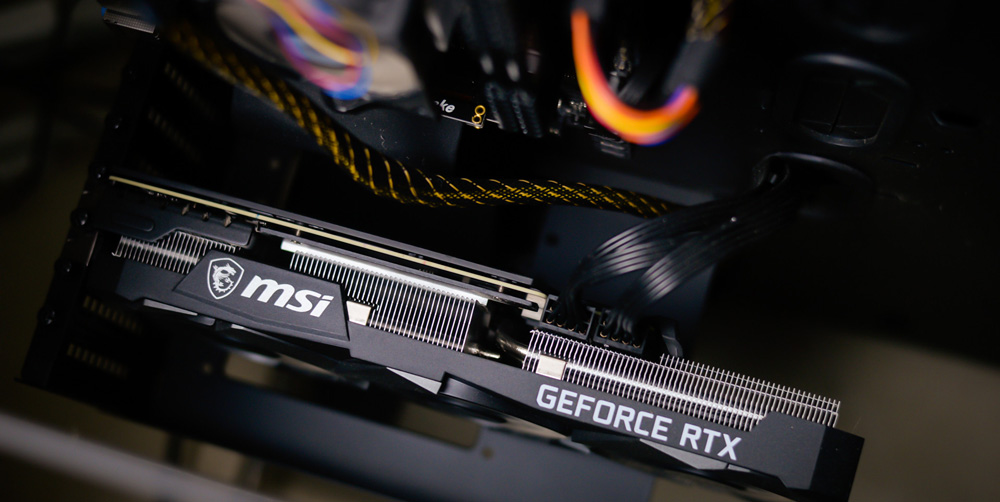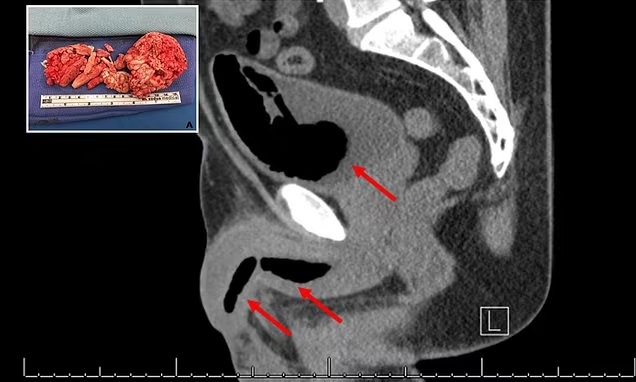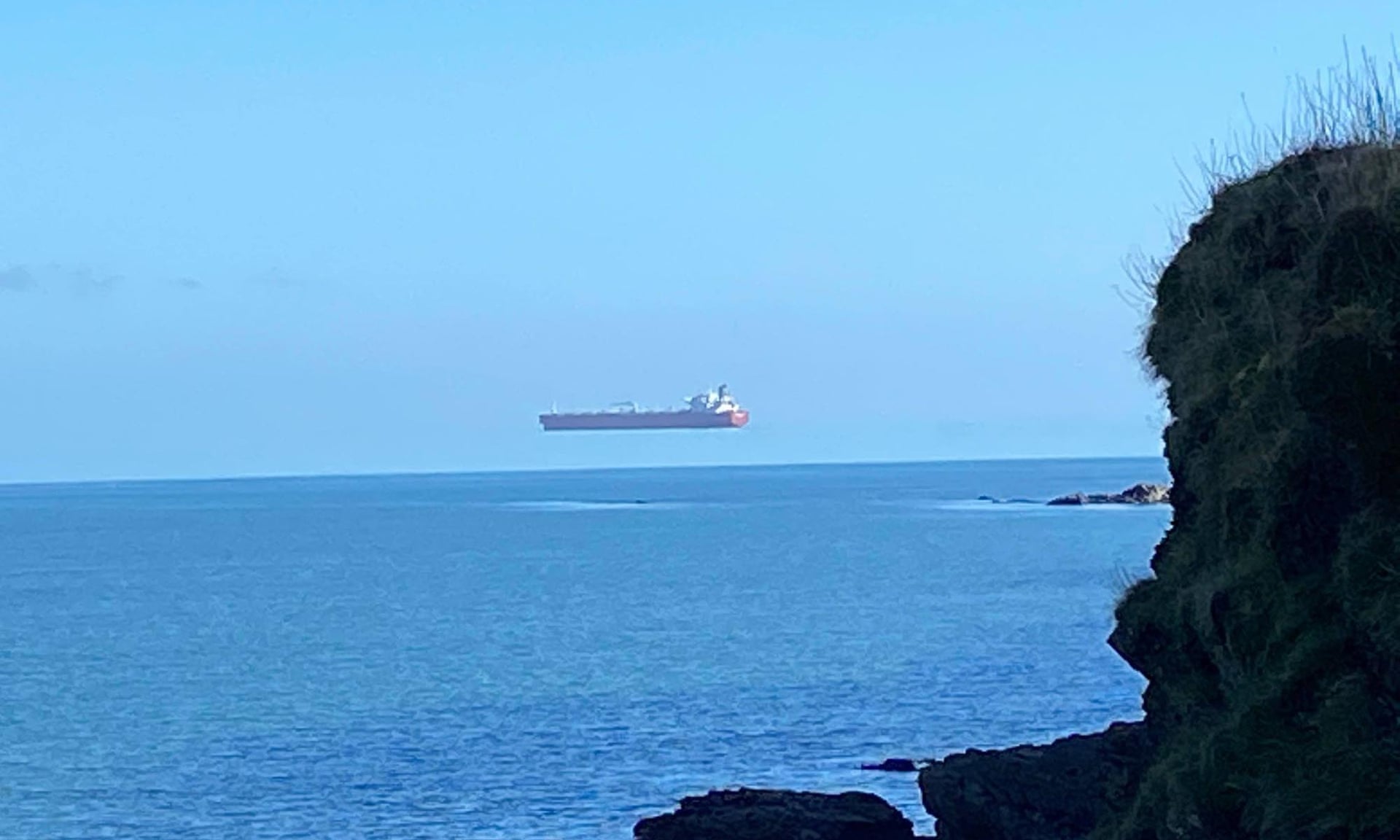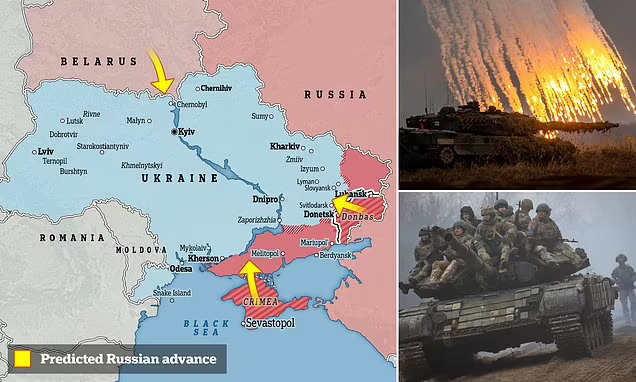MANAMA, Bahrain (AP) — Iran is poised to “quite dramatically” increase its stockpile of near weapons-grade uranium, the head of the International Atomic Energy Agency warned Friday.
Rafael Mariano Grossi made the comment Friday on the sidelines of the International Institute of Strategic Studies' Manama Dialogue in Bahrain.
Grossi said Iran had begun preparing advanced centrifuge cascades to spin at nuclear facilities to increase its supply of 60% enriched uranium. That's a short, technical step from weapons-grade levels of 90%.
“I think it is very concerning,” Grossi told journalists.
Iran did not immediately acknowledge the preparations, which Grossi said had begun Friday. Inspectors hope to examine what's going on.
THIS IS A BREAKING NEWS UPDATE. AP’s earlier story follows below.
MANAMA, Bahrain (AP) — Iran said Friday it conducted a successful space launch with its heaviest payload ever, the latest for its program the West alleges improves Tehran’s ballistic missile program.
The launch of the Simorgh rocket comes as Iran's nuclear program now enriches uranium closer than ever to weapons-grade levels. While Iran maintains its program is peaceful, officials in the Islamic Republic increasingly threaten to potentially seek the bomb and an intercontinental ballistic missile that would allow Tehran to use the weapon against distant foes like the United States.
The launch Friday took place at Iran's Imam Khomeini Spaceport in rural Semnan province, some 220 kilometers (135 miles) east of Tehran. That's the site of Iran's civilian space program, which has suffered a series of failed Simorgh launches in the past.
The Simorgh carried what Iran described as an “orbital propulsion system,” as well as two research systems to a 400-kilometer (250-mile) orbit above the Earth. A system that could change the orbit of a spacecraft would allow Iran to geo-synchronize the orbits of its satellites, a capability Tehran has long sought.
It also carried the Fakhr-1 satellite for Iran's military, the first time Iran's civilian program is known to have carried a military payload.
Iran also put the payload of the Simorgh at 300 kilograms (660 pounds), heavier than all its previous successful launches within the country. State television carried footage of a correspondent discussing the payload just as the Simorgh lifted off into the sky, as people called out: “God is the greatest!”
There was no immediate independent confirmation the launch was successful. The U.S. military referred questions to the country's Space Command, which did not immediately respond.
The announcement comes as heightened tensions grip the wider Middle East over Israel’s continued war on Hamas in the Gaza Strip and as an uneasy ceasefire holds in Lebanon.
The United States has previously said Iran’s satellite launches defy a U.N. Security Council resolution and called on Tehran to undertake no activity involving ballistic missiles capable of delivering nuclear weapons. U.N. sanctions related to Iran’s ballistic missile program expired in October 2023.
“Iran’s work on space-launch vehicles — including its Simorgh — probably would shorten the timeline to produce an intercontinental ballistic missile, if it decided to develop one, because the systems use similar technologies,” a U.S. intelligence community report released in July said.
Under Iran’s relatively moderate former President Hassan Rouhani, the Islamic Republic slowed its space program for fear of raising tensions with the West. The late hard-line President Ebrahim Raisi, a protégé of Supreme Leader Ayatollah Ali Khamenei who came to power in 2021, pushed the program forward. Raisi died in a helicopter crash in May.
Iran's reformist President Masoud Pezeshkian, who has been signaling he wants to negotiate with the West over sanctions, has yet to offer a strategy when it comes to Iran's ambitions in space. The Simorgh launch represented the first for his administration from the country's civil space program. Iran's paramilitary Revolutionary Guard conducted a successful launch of its parallel program in September.
Intercontinental ballistic missiles can be used to deliver nuclear weapons. Iran is now producing uranium close to weapons-grade levels after the collapse of its nuclear deal with world powers. Tehran has enough enriched uranium for “several” nuclear weapons, if it chooses to produce them, the head of the International Atomic Energy Agency repeatedly has warned.
Iran has always denied seeking nuclear weapons and says its space program, like its nuclear activities, is for purely civilian purposes. However, U.S. intelligence agencies and the IAEA say Iran had an organized military nuclear program up until 2003.
___
Associated Press writer Nasser Karimi in Tehran, Iran, contributed to this report.
___
The Associated Press receives support for nuclear security coverage from the Carnegie Corporation of New York and the Outrider Foundation. The AP is solely responsible for all content.
—-
Additional AP coverage of the nuclear landscape: https://apnews.com/projects/the-new-nuclear-landscape/


















 English (United States) ·
English (United States) ·